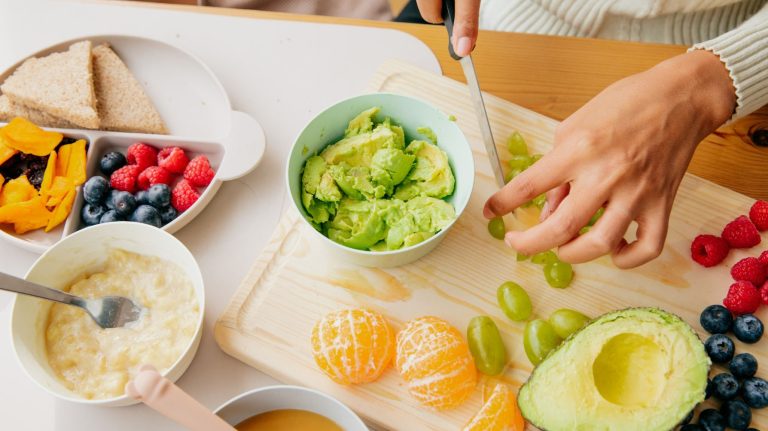
Finger Foods for Baby: A Comprehensive Guide to Starting Solids
- Created:
6. 8. 2024 - Updated:
29. 7. 2024
Getting ready to introduce your baby to finger foods?
But where do you start?
Let’s talk about baby finger foods. We’ll help you out with tips and yummy recipes to make mealtimes fun.
When to give your baby finger foods?
According to the World Health Organization, complementary foods, including finger foods, might be safely introduced at around 6 months of age. At this point, your baby’s development allows them to sit up with little support and grab small items—ideal conditions for self-feeding with finger foods.
Remember, the recommendation of 6 months isn’t rigid, as some babies might show readiness earlier or later.
Signs of readiness for finger foods
Before hopping onto the finger food train, keep an eye out for these signs indicating that your baby might be ready:
- Holding head up steadily: If your baby can hold their head steady without support, it’s a green signal.
- Keen interest in your food: Observing your baby reaching out for your food or closely watching you eat could suggest they are ready to join the dining table.
- Ability to chew: Even without teeth, your baby should be capable of munching and swallowing soft finger foods.
💡 How Can Babies Chew Without Teeth?
Don’t be fooled by your baby’s toothless smile! Even without visible teeth, your infant is capable of breaking down soft foods. This magic happens thanks to the hard and soft palates situated at the roof of their mouth.
To put it simply, your little one doesn’t need a full set of teeth to start eating finger foods. Babies are born with gums tough enough to handle soft, properly prepared foods. Although their gums can’t grind hard foods, they can easily mash soft, cooked veggies, fruits, and well-cooked grains.
Pairs of hard and soft palates, found in the roof of the baby’s mouth, also play a crucial role. When your baby moves their tongue against these palates, the food is broken down into smaller, manageable pieces.
And don’t forget about saliva! It’s not just about teeth, gums, and palates – saliva plays a big role too. As soon as your baby takes a bite, saliva kicks into action. It has enzymes that help start breaking down the food. This makes the food softer and much easier for the baby to swallow.
Safety Measures With Finger Foods
It’s important to know the key milestones for starting out, but always prioritize safety first. Begin with soft textures, and keep the following in mind:
- Size: Make sure you offer your baby small, fingertip-sized pieces of finger foods. As the American Academy of Pediatrics suggests, avoid choking hazards like whole grapes, hot dog rounds, and large chunks of food.
- Softness: Opt only for soft foods. If the food can be squashed squashed between your thumb and index finger, it’s good to go. Overly hard, sticky, or crunchy foods can pose a choking risk.
- Supervision: Always supervise your baby during meal times. It’s a time of exploration, but safety must not be compromised.
Introducing Finger Foods to Your Baby
Make mealtime fun and engaging!
Start with flavors your baby already enjoys from purees.
Begin with soft and easy-to-chew foods, then progress to harder, more textured ones once your little one is comfortable with the previous stage.
If your little one loved sweet potato puree, offer roasted sweet potato sticks. Introduce a variety of textures likesoft, ripe banana, steamed carrot sticks, or avocado slices to broaden their sensory experience.
After veggies and fruits, try moving on to well-cooked pasta or scrambled eggs.
When it comes to size, begin with large, easy-to-grab pieces. Your little one will develop his pincer grasp for smaller pieces later on. You can even consider baby-led weaning, where you offer finger foods alongside breastmilk or formula. This allows to explore food at own pace.
Best First Finger Foods for Baby
When introducing finger foods to your baby, it’s important to choose options that are safe and easy for them to self-feed.Here are top picks that strike a balance between taste, texture, and nutrition.
Bread or Crackers
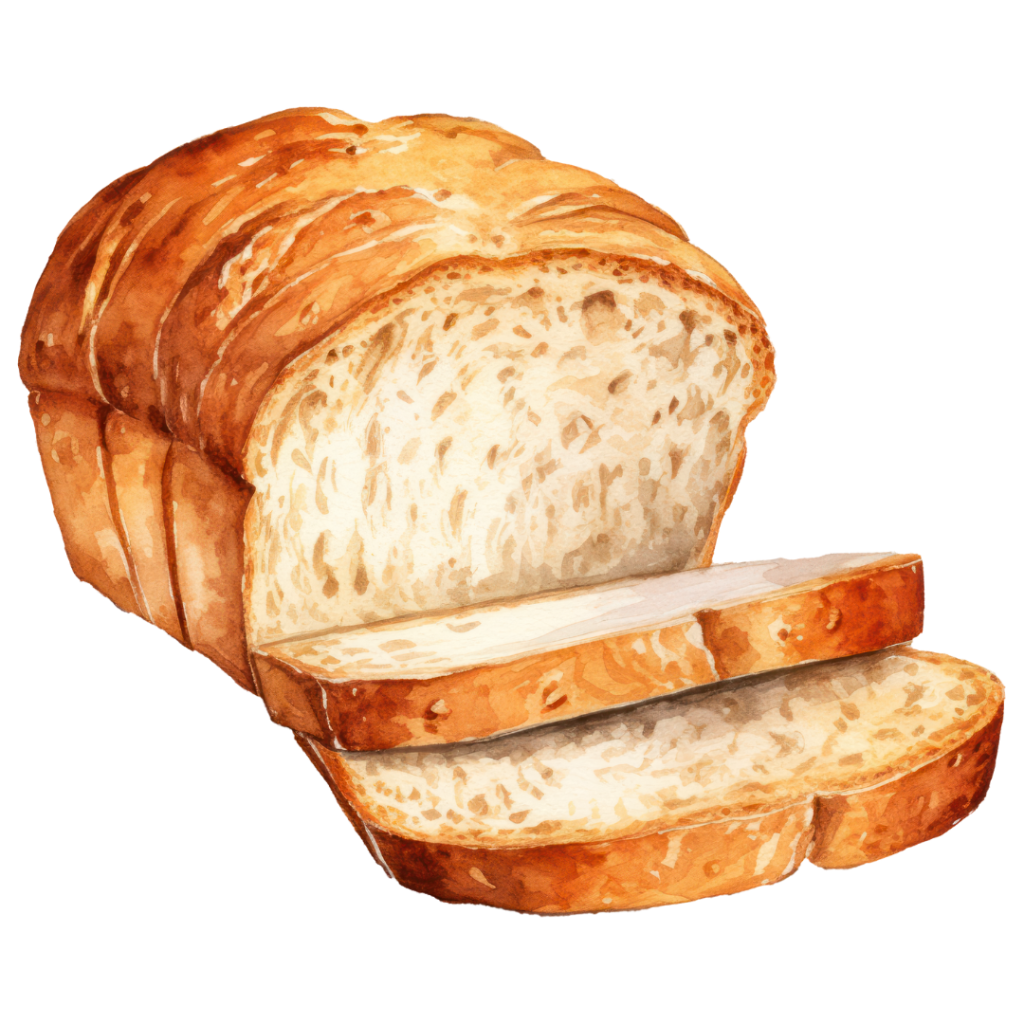
Opt for soft, whole-grain bread or familiarize them with fun shaped, low-salt whole grain crackers. Tear the bread into pea-sized pieces or serve the crackers as is — they both make great introductory finger foods!
Oat Circle Cereal
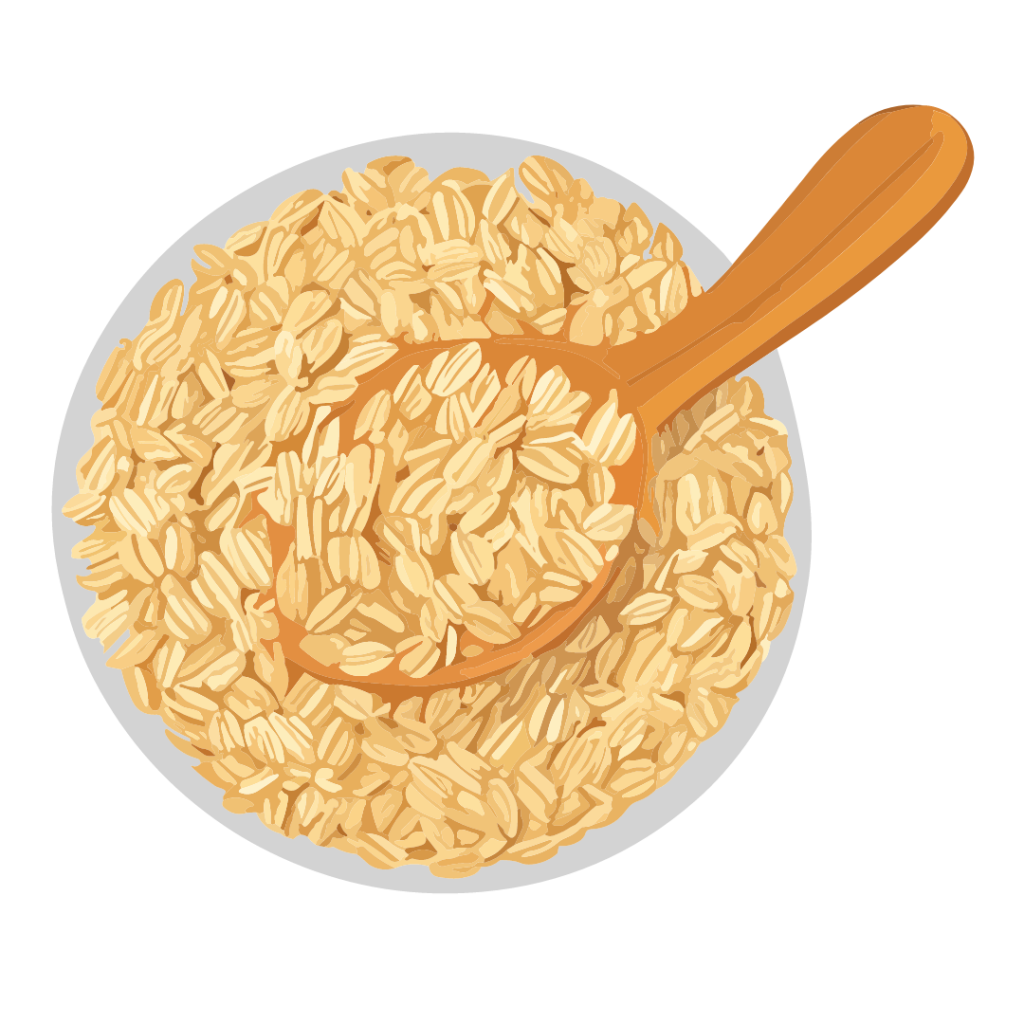
Oat circle cereal makes for the perfect self-eating experiment — they’re easy to pick up and soften quickly in a baby’s mouth. Plus, it’s packed with fiber, important for little tummies.
Cheese
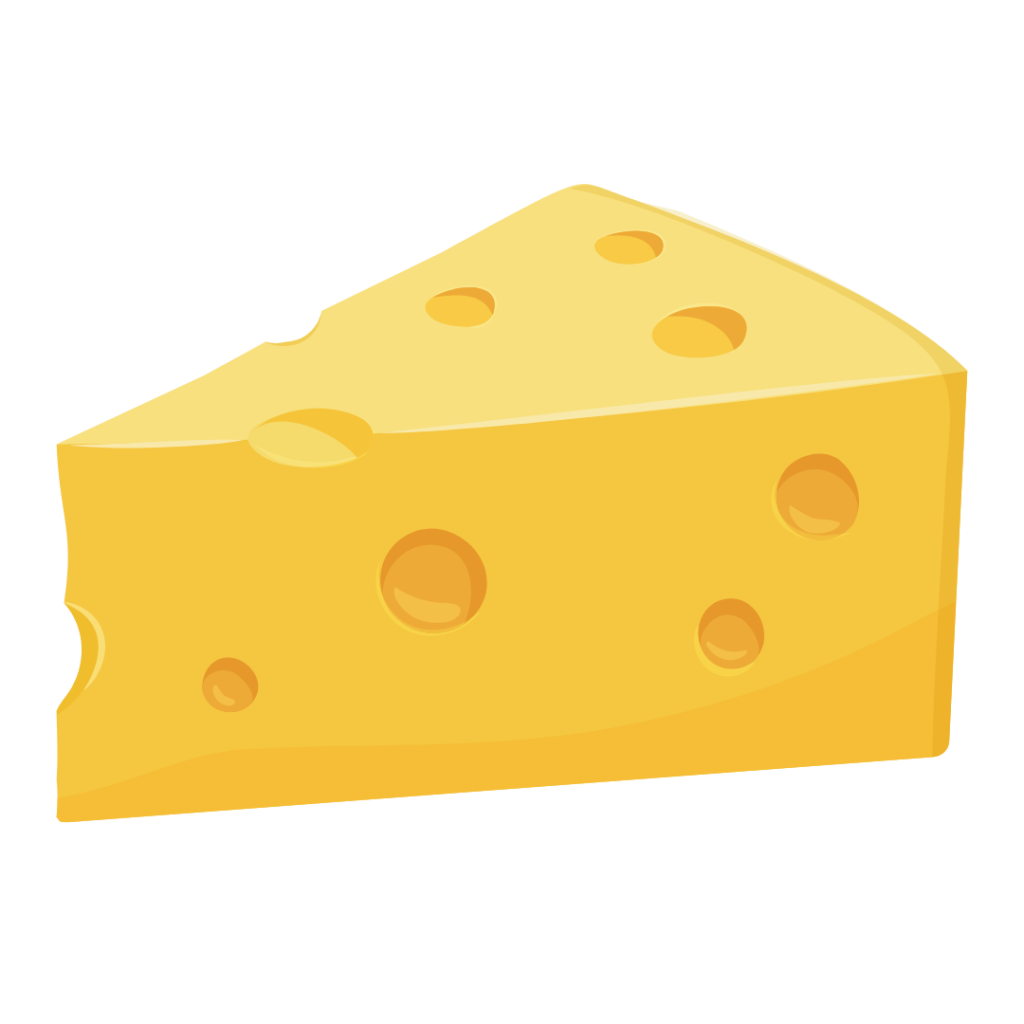
Your baby might enjoy the creaminess of mild cheddar or mozzarella. Stick to little cheese cubes of about a half inch, just right for those tiny fingers and gums to manage.
Fruit
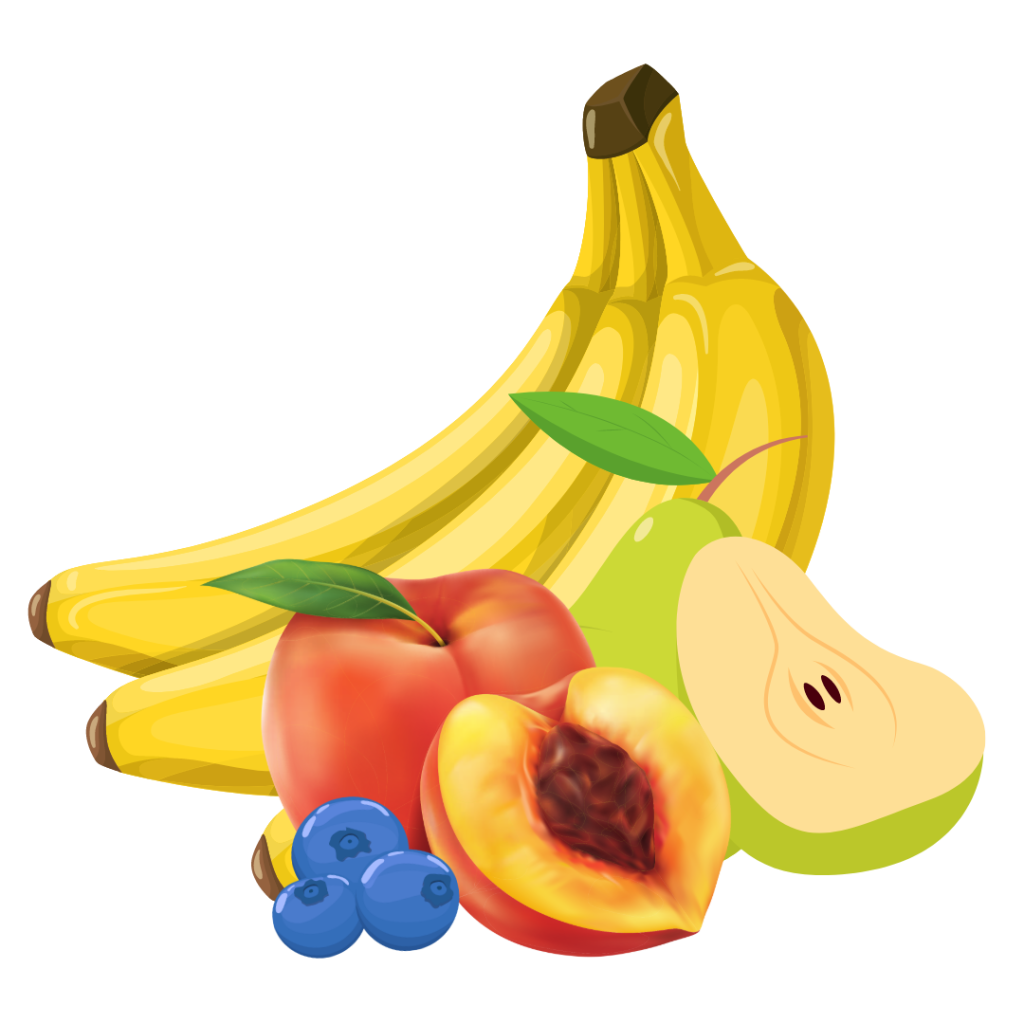
Banana strips, pear cubes, and well-cooked apple pieces are all solid fruit options. They’re soft, yet hold their shape enough for easy grasping, and introduce baby to naturally sweet tastes.
Veggies
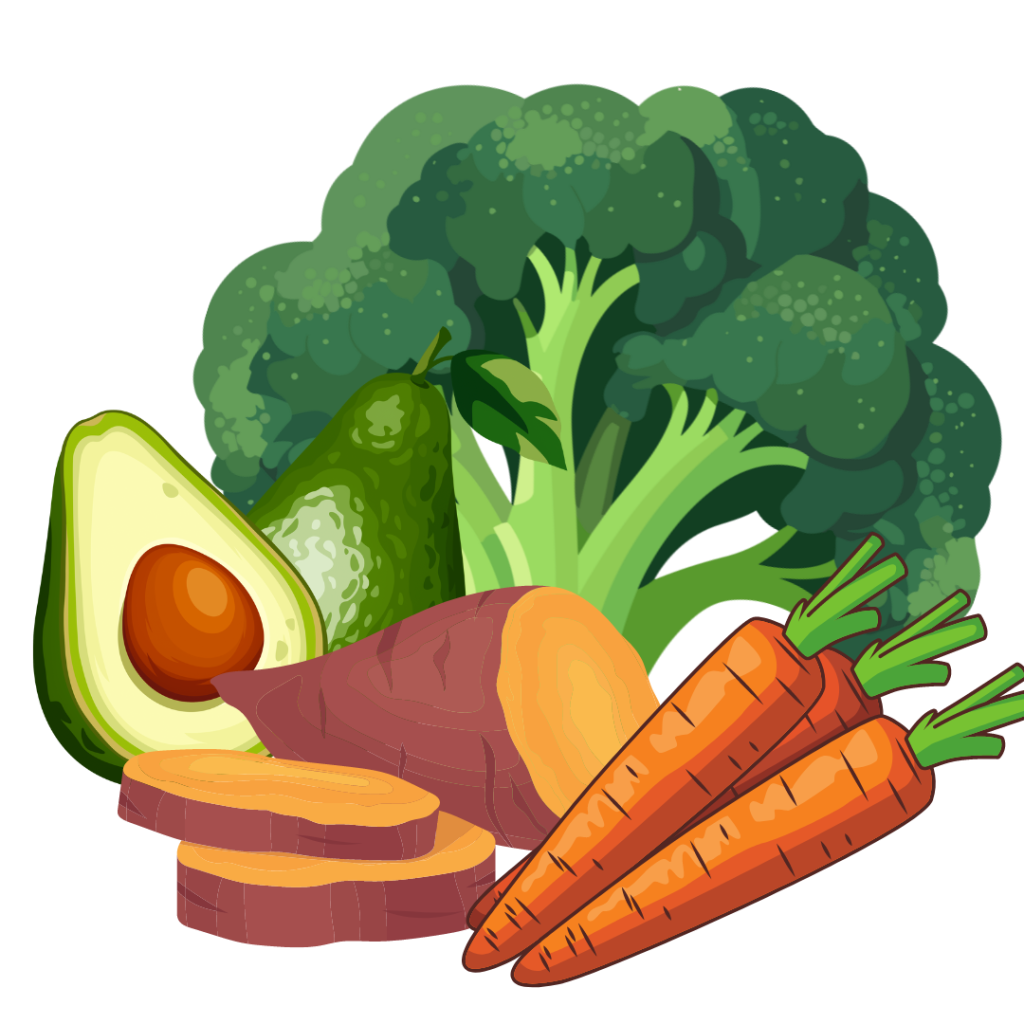
Cooked until soft and then cooled, carrot sticks, broccoli florets, and sweet potato wedges can be nutrient-rich teething relief! Just remember, they must be soft enough to squish between your fingers.
Fish
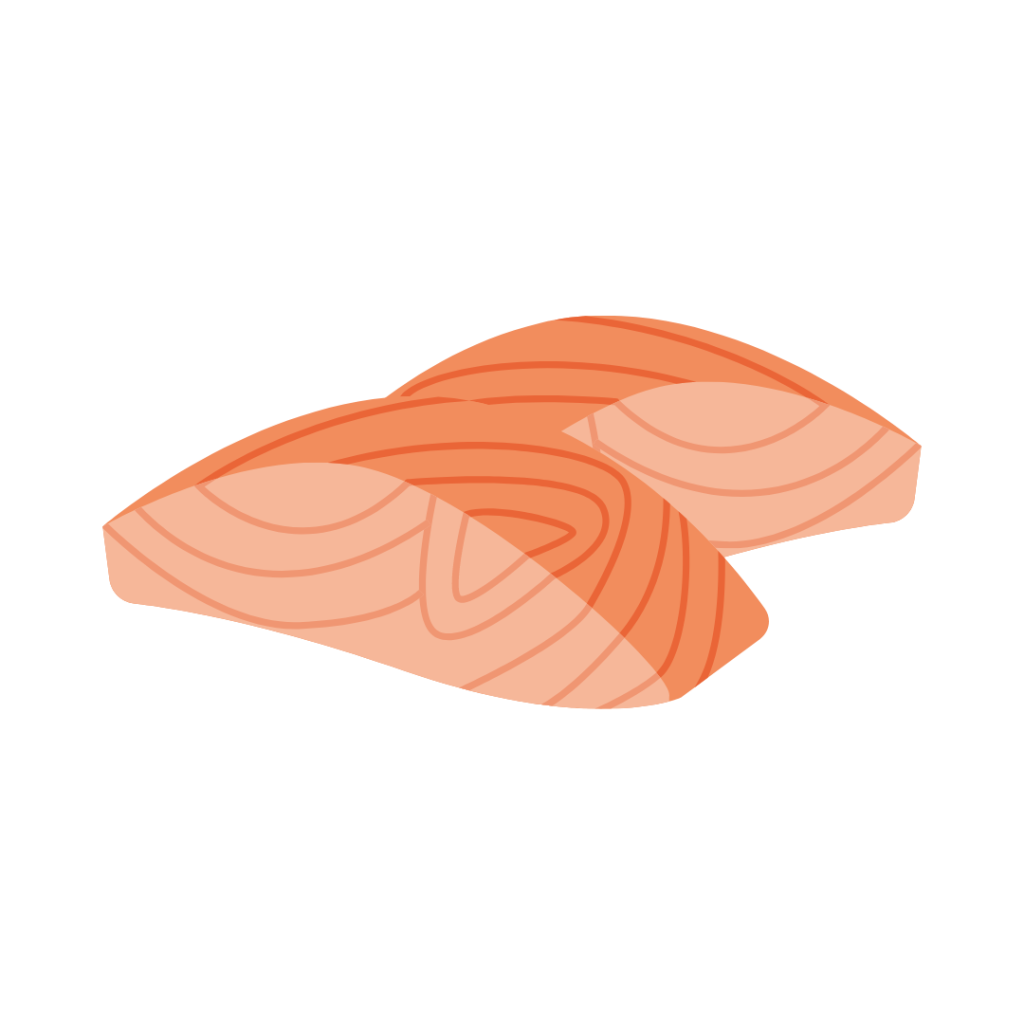
Everything about flaky fish works for your learner eater! Opt for low-mercury fish like cod or salmon, cooked and cooled, and broken into small, manageable flakes.
Meatballs
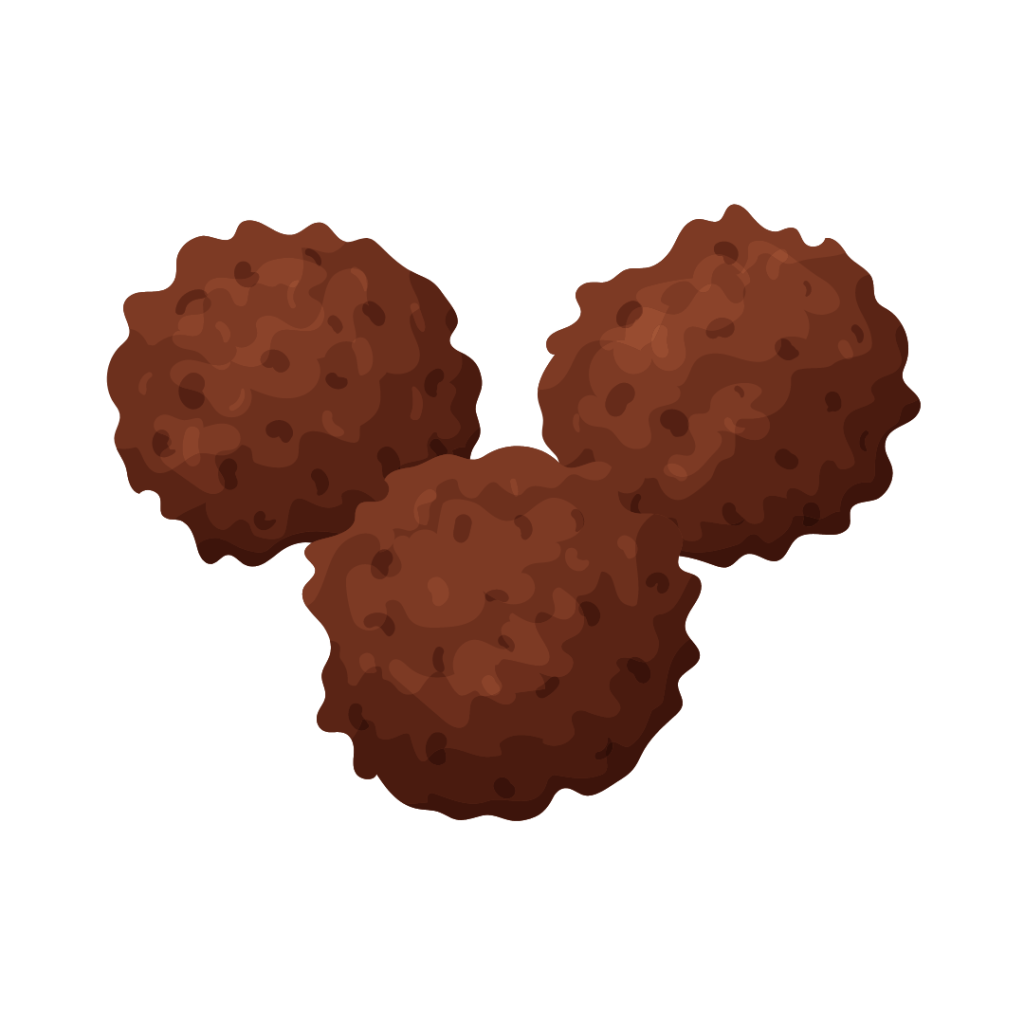
Ground meats, like turkey or beef, mashed well and rolled into small, bite-sized meatballs, provide a source of protein your baby can get their little hands on.
Tofu

Bite-sized tofu cubes are a great option, particularly for vegetarian babies. It’s soft, squishy, and totally manageable for beginners!
Pasta
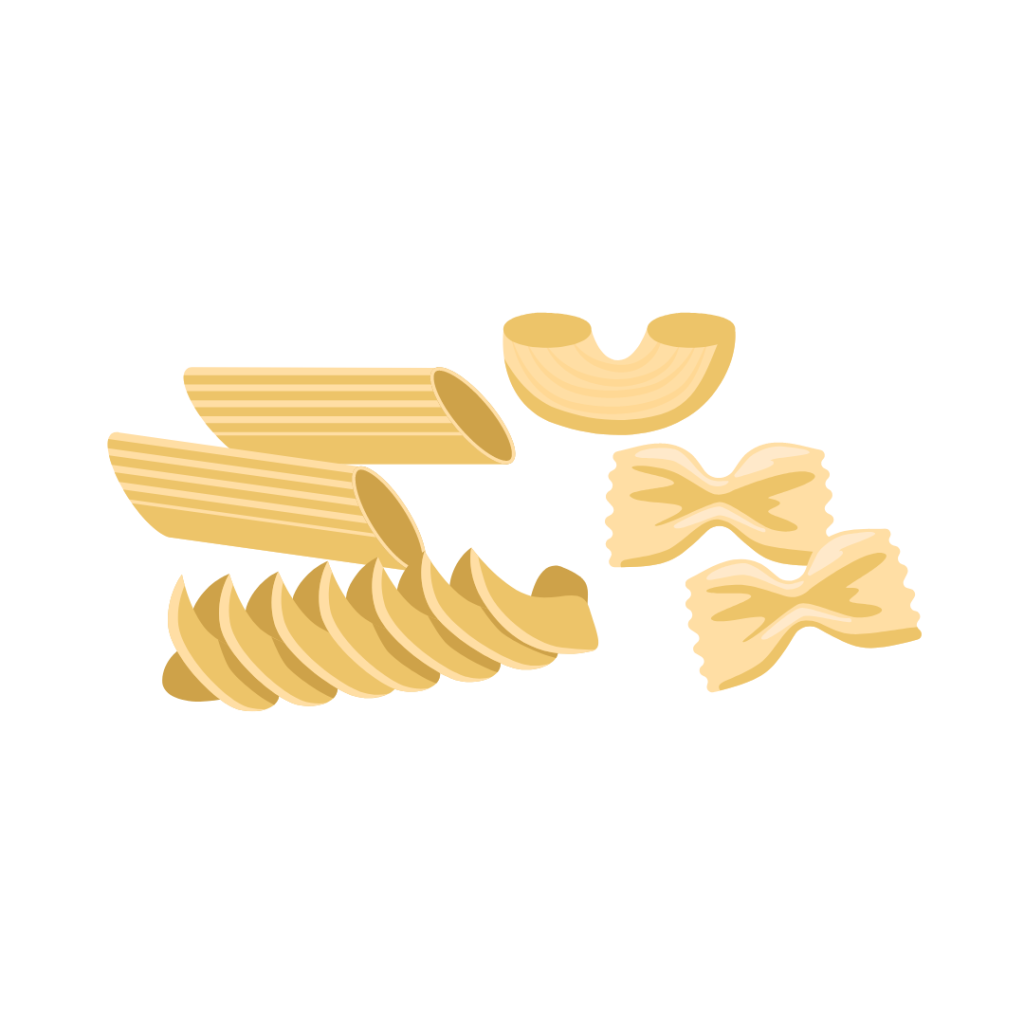
Think mini versions — fusilli, penne rigate, or pinkies. Cook until pasta is soft, then cool and serve as an easy-to-grasp, tasty exploration in the world of solid food.
Egg Yolks
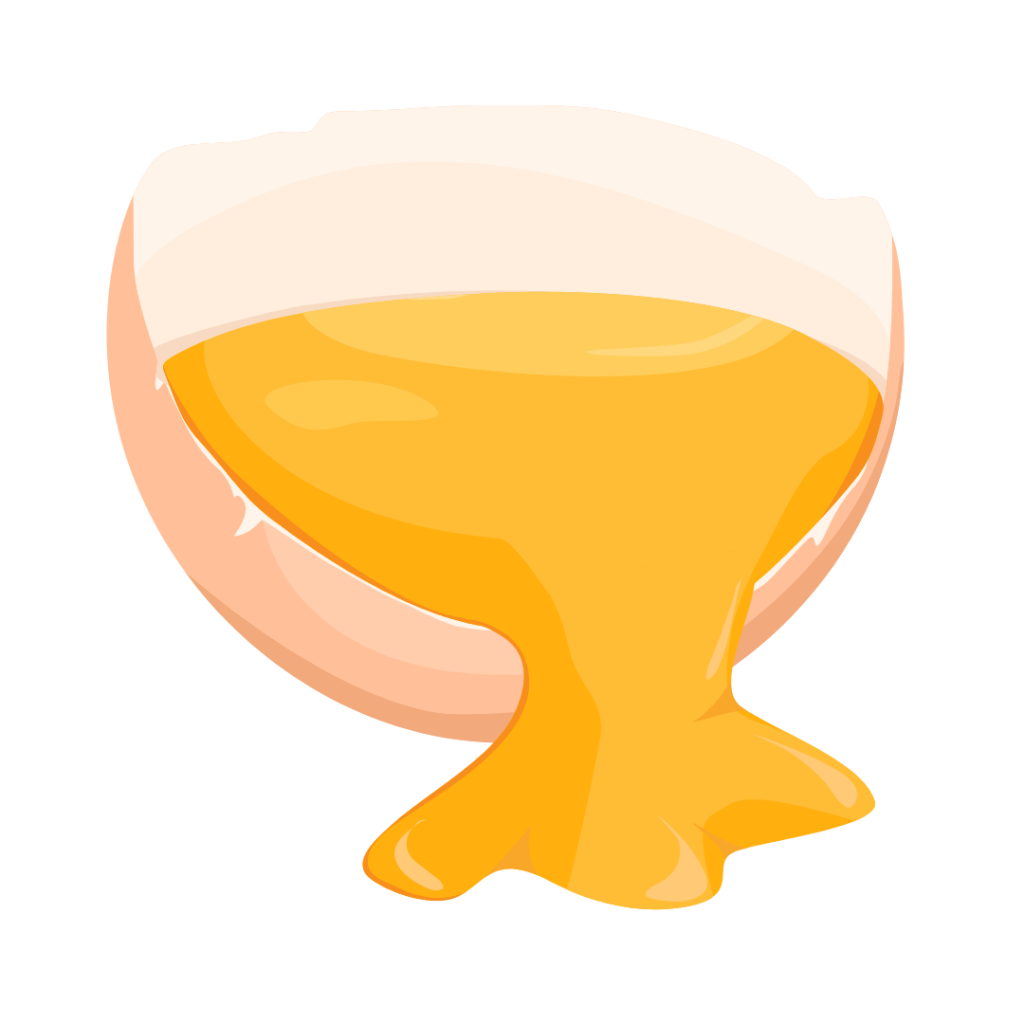
Soft scrambled eggs or hard boiled and chopped, they’re a source of choline which is important for baby’s brain development. No eggshells please, only happy faces!
French Toast
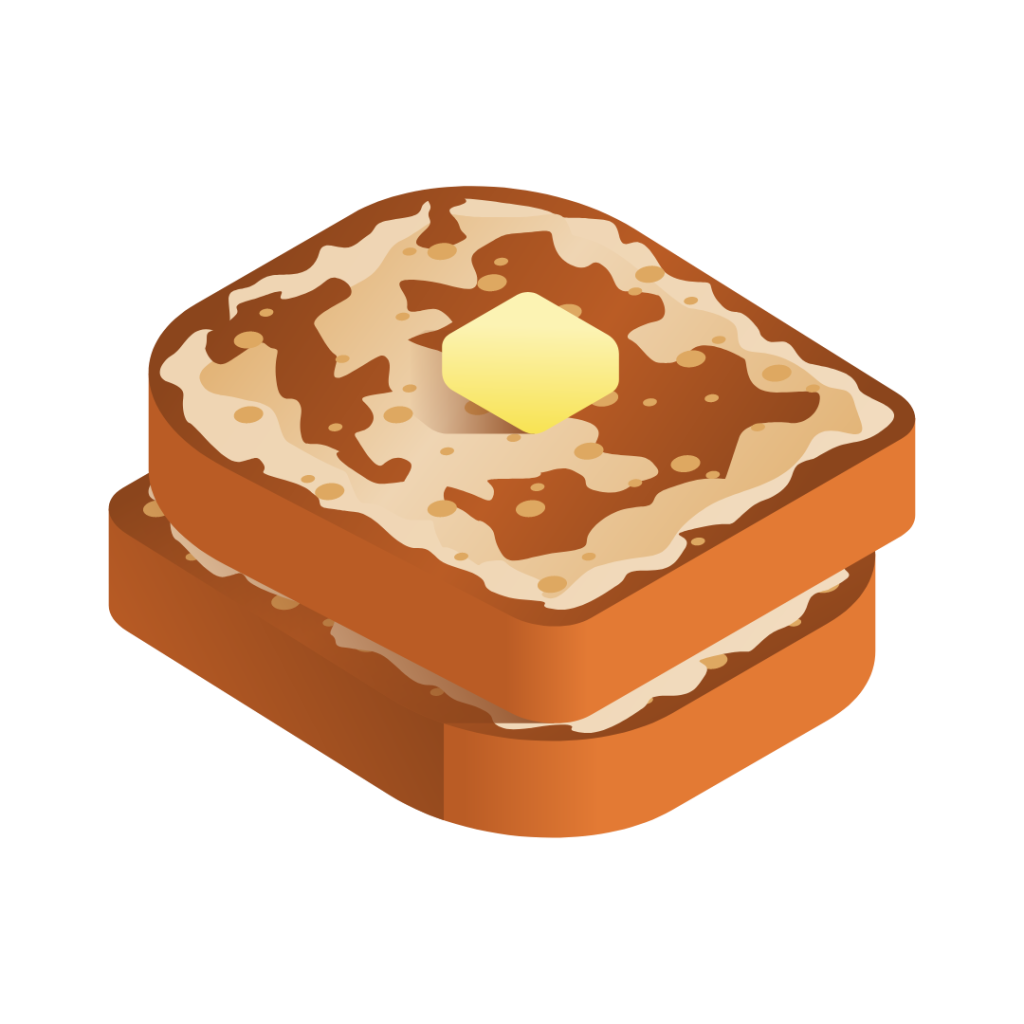
Cut-up French toast sans syrup hits the sweet spot without the sugar rush. This easy-to-hold finger food ushering in a bit of breakfast indulgence for your baby.
List of Finger Foods for Baby
| ✅ Pasta | ✅ Scrambled eggs | ✅ Mango | ✅ Peanut Butter Puffs |
| ✅ Cheese | ✅ Tofu | ✅ Pears | ✅ Butternut squash |
| ✅ Hard-boiled egg | ✅ Avocado | ✅ Soft fruit | ✅ Canned green beans |
| ✅ Blueberries | ✅ Beans | ✅ Strawberry | ✅ Fingers of toast |
| ✅ Cereal | ✅ Sweet potatoes | ✅ Apple | ✅ Cauliflower |
| ✅ Meat | ✅ Fish | ✅ Baby muffins |
Foods to Avoid
When you’re starting with finger foods for baby, it’s really important to know which foods could be risky.
Stay away from hard, round, or sticky stuff, foods with loads of salt or sugar, and certain foods that can cause allergies.
❌ Hard, Round, and Sticky Foods
Hard foods like nuts, seeds, and raw carrots can be a choking hazard, so it’s best to avoid them.
Round foods such as grapes and cherry tomatoes are super tempting, but make sure to cut them into smaller pieces to make them safe for your little one.
Sticky foods like marshmallows and globs of peanut butter are delicious, but they can also be a choking hazard. Instead, try spreading a thin layer of peanut butter on a slice of soft bread – it’s safer and still tasty!
❌ Foods High in Sodium or Sugar
It’s not great to give babies foods with lots of salt like chips, crackers, or canned soups because their kidneys can’thandle it yet.
Also, steer clear of giving your little one sugary stuff like cookies, cereals, and fruit juices because it can mess with their teeth and make them gain unhealthy weight. Instead, go for natural sweet stuff like fruits to satisfy the sweet tooth.
❌ Allergenic Foods
Introducing allergenic foods such as eggs, milk, nuts, and shellfish may cause allergic reactions.
BSACI study say that introducing allergy foods early could prevent allergies. Experts suggest starting with a small amount, keeping an eye out for any bad reactions, and then gradually increasing the quantity if everything seems okay. But remember, it’s always best to check with a healthcare provider before giving these foods a go.
❗🔍The most common allergenic foods, symptoms and treatment ❗
Unpasteurized Foods
Unpasteurized foods such as honey, milk, and cheese may contain bacteria and toxins that your little one’s immune system can’t handle yet. Steer clear of these until your baby is older, consider introducing unpasteurized foods with caution after age 5.
How Much Finger Food Does Baby Need?
Knowing the precise quantity of finger food for your baby can be tricky.
Remember, your baby’s tummy is tiny, and they’re just starting to try out solid foods. As you begin giving them finger foods, keep in mind that breast milk or formula should still be their main source of nutrition.
When you start giving your baby finger foods, remember to keep the serving sizes small. Only give them one or two pieces at a time, like a small piece of soft, steamed carrot or a tiny bit of scrambled egg.
As your little one gets older and gets used to eating solids, you can start giving them bigger portions of food. How much they eat depends a lot on their age. For example, a one-year-old might eat half a big banana at a time, while a six-month-old might only eat a few small pieces.
Stay attentive to your baby’s cues. If your baby is still reaching for more, you might offer an additional piece or two.However, if your baby starts throwing food or seems more interested in play, that’s likely an indicator that they’ve had enough. It’s important not to push them to eat more than they’re comfortable with, and to maintain a stress-free mealtime environment.
In relation to feeding cues and a baby’s growing appetite, the following table simplifies the amount of finger food required per meal, according to the baby’s age.
| Age | Quantity |
|---|---|
| 6-8 months | 1-2 small bite-sized pieces |
| 8-10 months | 3-4 small bite-sized pieces |
| 10-12 months | 4-6 small bite-sized pieces |
Just remember, every baby is different and might eat more or less. The quantities presented are flexible and highly based on individual baby’s appetite and acceptance of solid food. It’s best to follow your baby’s hunger and fullness cues. Feel free to adjust schedules to suit your baby’s needs.
Sample Feeding Schedule
Planning baby meals can seemingly be a puzzle. Let’s uncomplicate this with easy-to-follow schedules according toyour baby’s age.
Sample Schedule for 9-10 Month Olds
By the 9-10 month stage, babies start exploring tiny morsels of food on their own. You can start with two meals a day, plus breast milk or formula. Here is a simple schedule to get the hang of it:
Breakfast
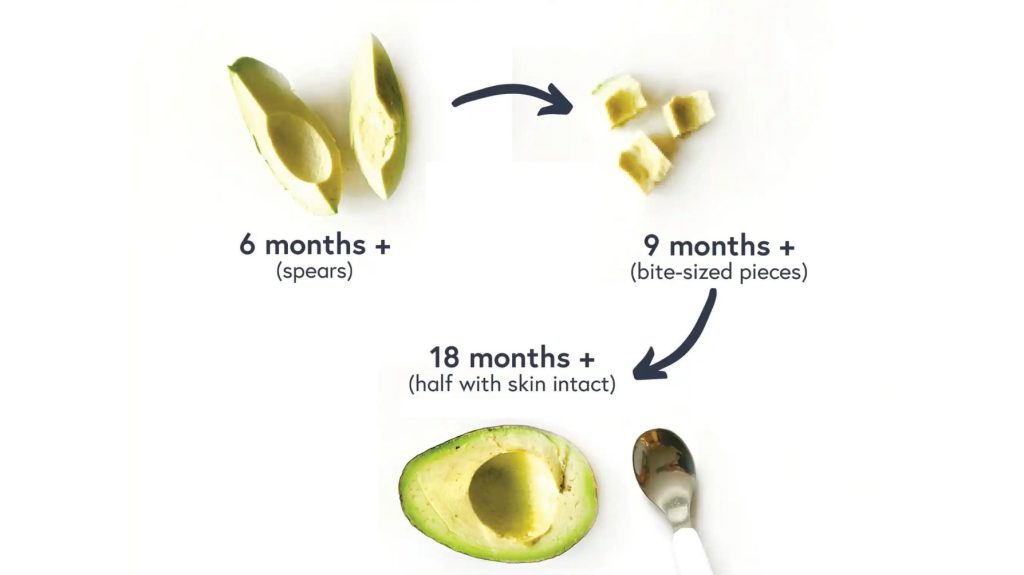
Avocado chunks (Avocados provide beneficial fats for your baby’s brain).
Lunch
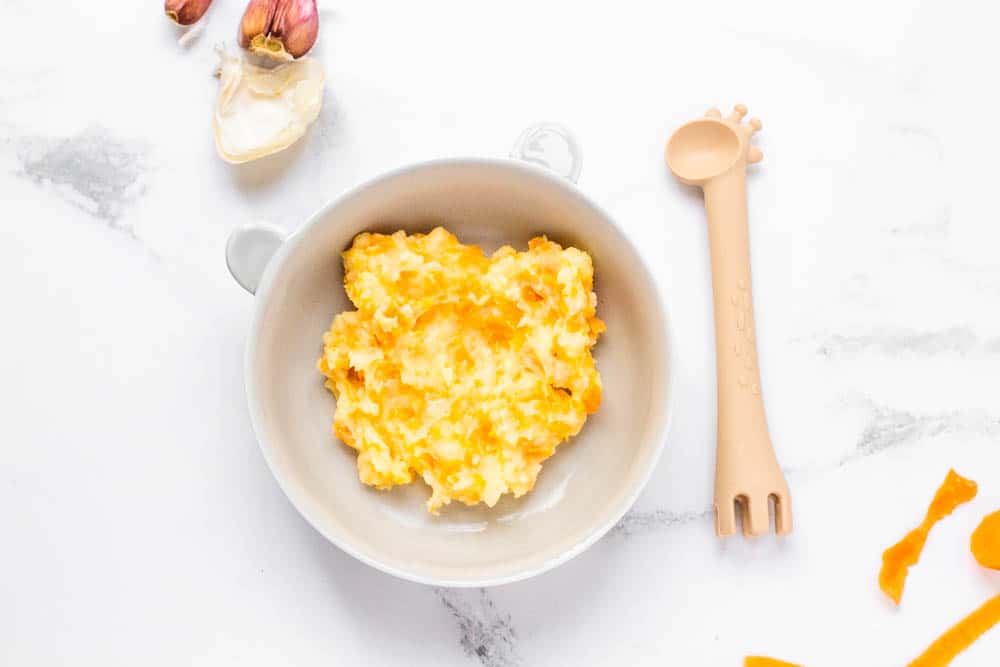
Mashed potato with soft-cooked carrot slices.
Dinner: Chicken, broccoli, millet
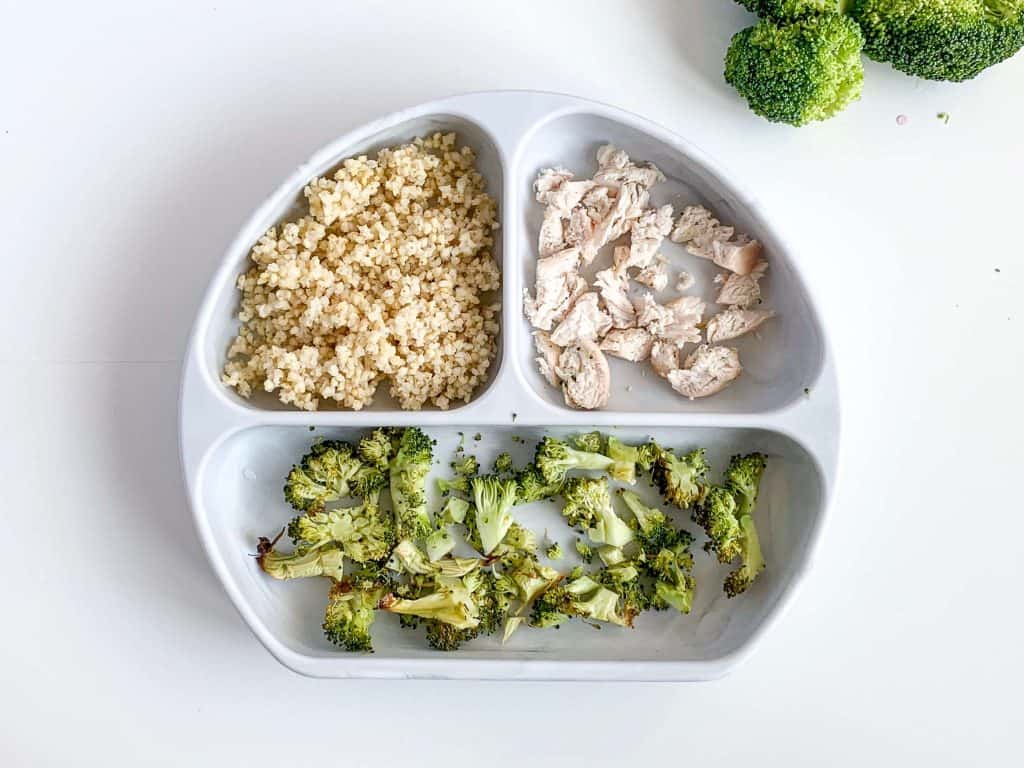
👨🍳 Recipe: Preheat the oven to 400°F / 200°C. Wash and slice the broccoli florets. Place the chicken and broccoli onto a baking tray and drizzle with olive oil before putting into the oven for 20-30 mins. While baking, place millet into a pot with water and bring to boil. Once boiled, cover and simmer until the millet fully absorbs the water. Once baked slice the chicken into small pieces (size of baby’s pinky fingernail), same with broccoli. Or you can puree if preferred.
It’s key to keep the offerings diverse. Note that the portion of solids may still be small compared to milk intake.
Sample Schedule for 10-12 Month Olds
As your baby nears the first birthday mark, they should be moving more towards the three meals a day routine. Example of a simple feeding schedule for 10-12-month-olds could be:
Breakfast: Overnight blueberry oats
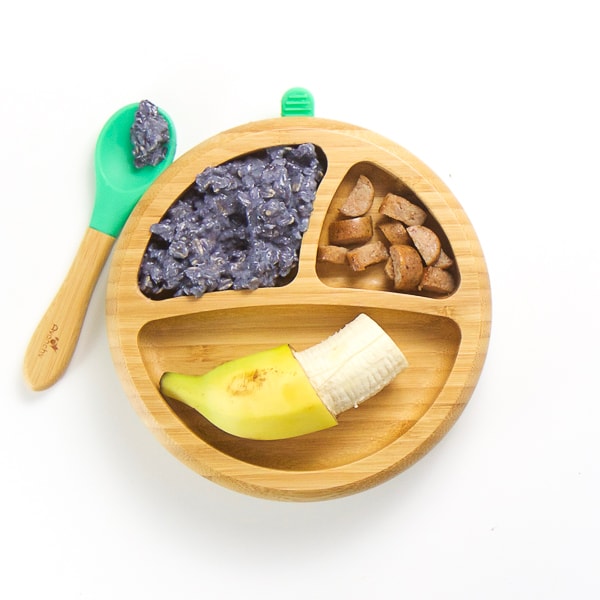
👨🍳 Recipe: In a blender add in 1/4 cup frozen blueberries, 1/2 cup milk (of choice, I used almond milk), 1/4 teaspoon cinnamon and blend until smooth. Place 1/3 cup old-fashioned oats and 1/4 teaspoon chia seeds in a bowl or jar andpour in the blueberry milk mixture, stir. Place in fridge overnight.
Lunch: Turkey Pinwheels + Cherry Tomatoes + Raspberries
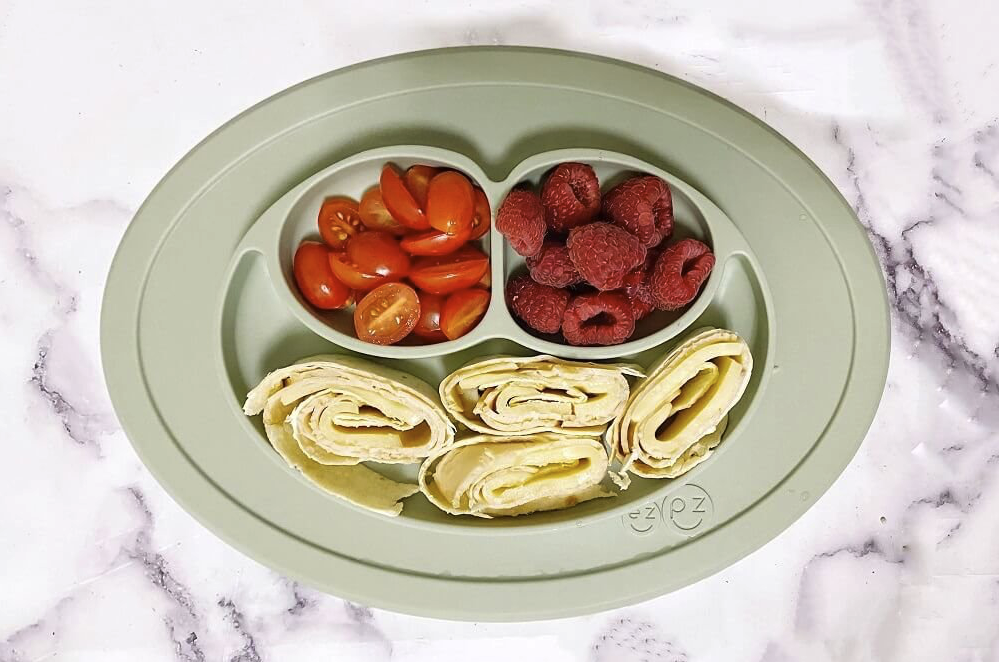
👨🍳 Recipe: Prepare tortilla, add in your meat and a thin slice of cheese (we like swiss!). Roll them and slice them thin to get the pinwheel look. You can also add in mayo or mustard if you like!
Dinner: Hamburger strips + Sweet Potato Fries + Steamed Broccoli
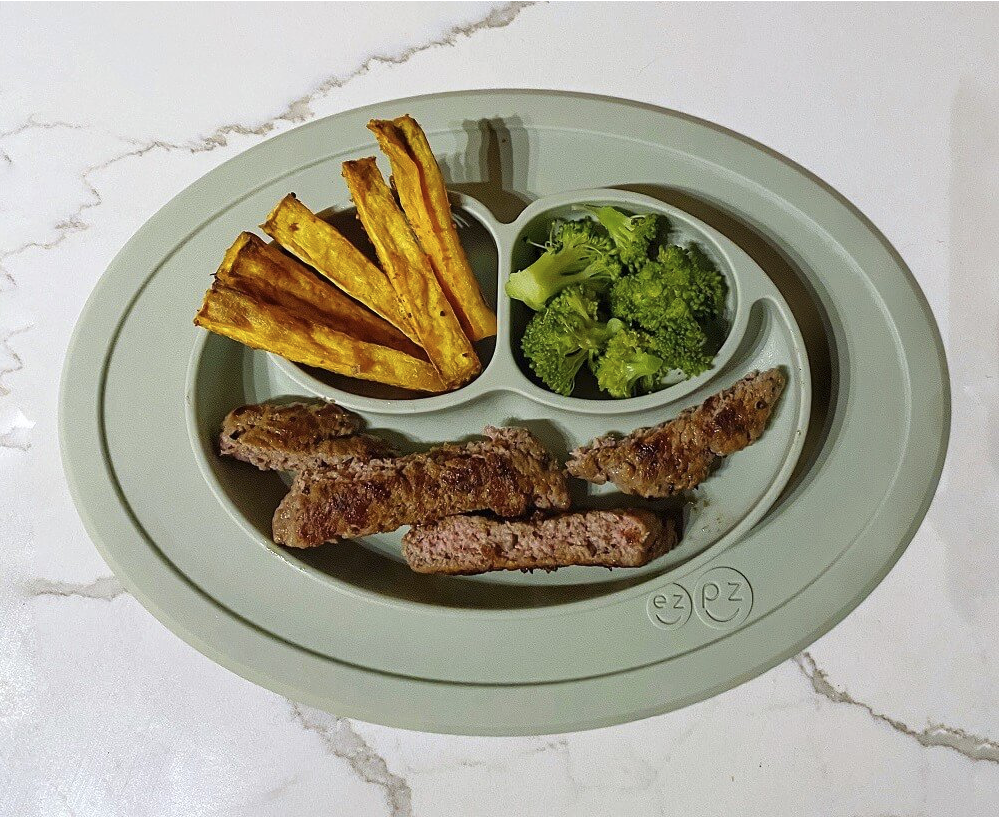
👨🍳 Recipe: Start with the sweet potato, as it will take the longest, add it to a baking pan, toss with oil and seasoning(s) of choice, COVER, and roast at 425°F for 20-25 minutes. Simply add the hamburger patty (seasoned or not) to a baking dish, cover, and allow for it to bake in its own juices! Let’s prepare broccoli at last time. Place water in a pot, add steamer basket, and bring to a boil. Add broccoli, cover, reduce heat to medium, and cook for 5-6 minutes. It should be easily pierce-able with a fork.
To Sum It Up
So, you’re ready to introduce your little one to the exciting world of finger foods!
Remember, every baby is unique and will reach this milestone at their own pace. You’ve got the knowledge now to recognize the signs of readiness and how to ensure safety during mealtimes.
Don’t forget that starting small and gradually increasing portions is key. You can follow the provided feeding schedules, but always be flexible to your baby’s cues. Keep mealtimes stress-free and enjoyable for both of you.
You’ve got this, parents! Here’s to a smooth and joyful transition to solid foods for your little one.






